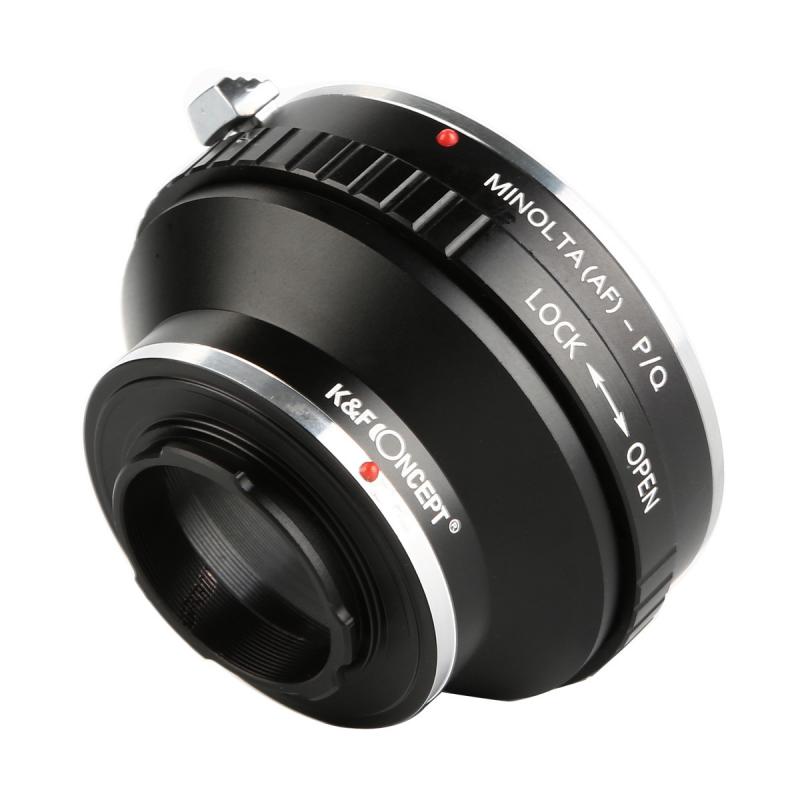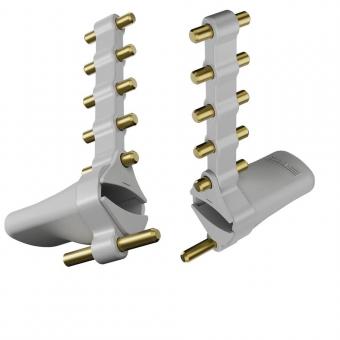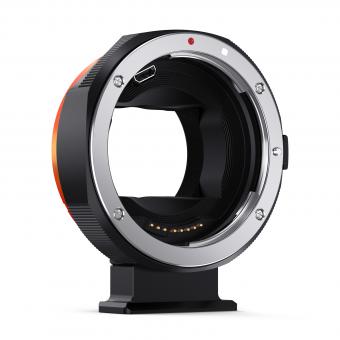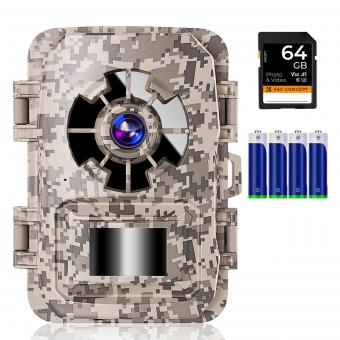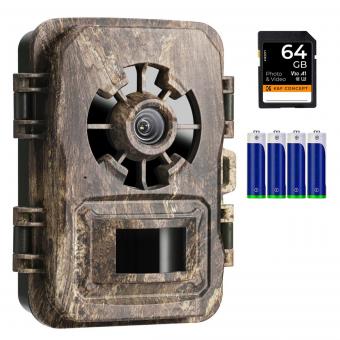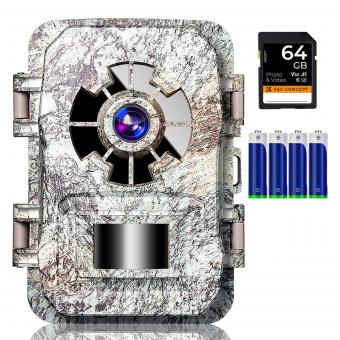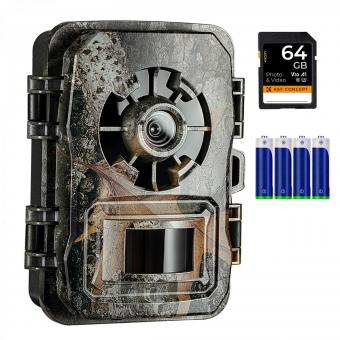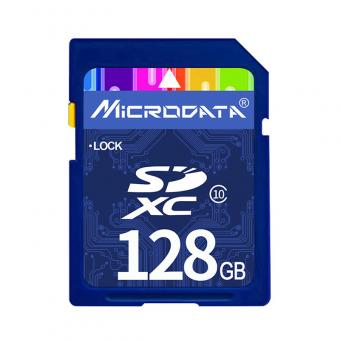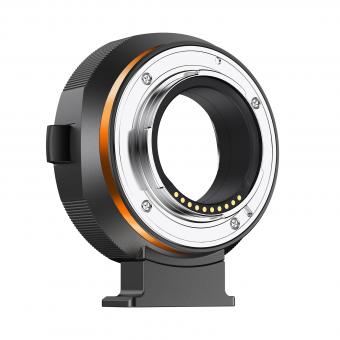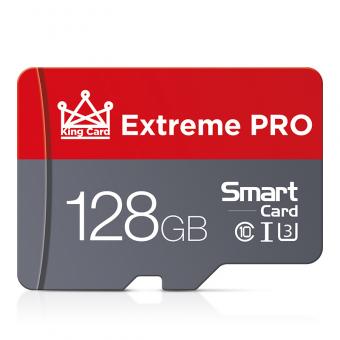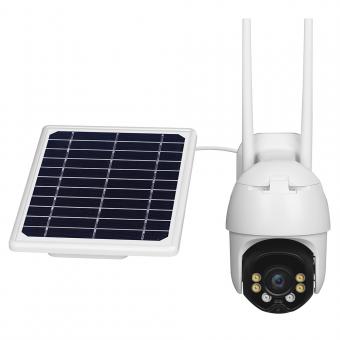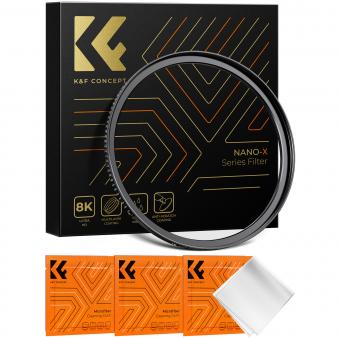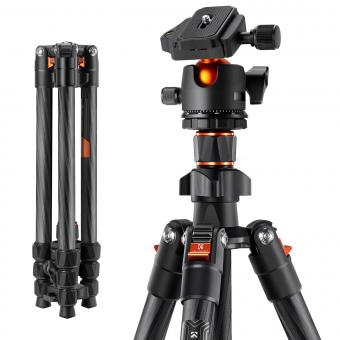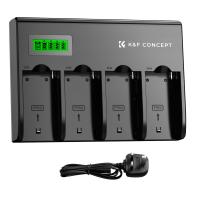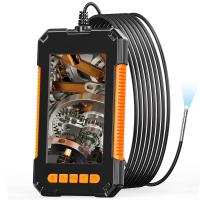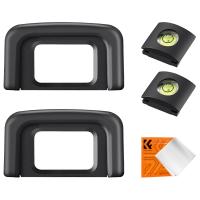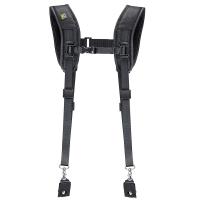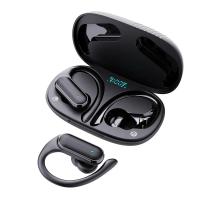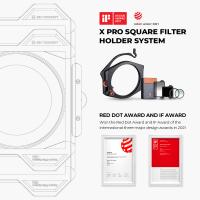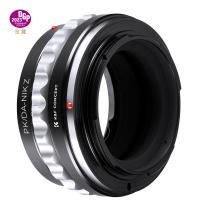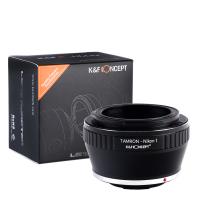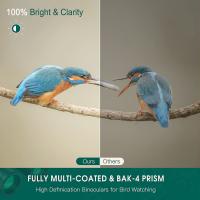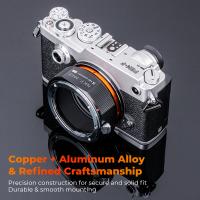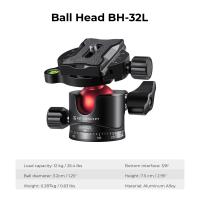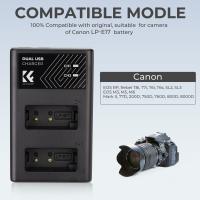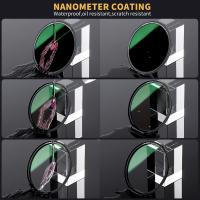What Is A Speed Booster For Camera ?
A speed booster for a camera is an optical adapter that is designed to increase the effective aperture and field of view of a lens when it is mounted on a camera. It works by reducing the distance between the lens and the camera's sensor, which allows more light to enter the lens and reach the sensor. This results in a wider field of view and a brighter image, which can be particularly useful in low-light situations. Speed boosters are commonly used by photographers and videographers who want to achieve a shallower depth of field or capture more of a scene in their images or videos. They are typically available in different sizes and configurations to accommodate different types of lenses and cameras.
1、 Electronic vs. Optical Image Stabilization
Electronic vs. Optical Image Stabilization
Image stabilization is a crucial feature in modern cameras that helps to reduce the effects of camera shake and produce sharper images. There are two main types of image stabilization: electronic and optical. Electronic image stabilization (EIS) uses software algorithms to compensate for camera shake, while optical image stabilization (OIS) uses physical mechanisms to stabilize the lens.
Electronic image stabilization is a software-based solution that works by cropping the image and then using algorithms to compensate for camera shake. This method is effective in reducing camera shake, but it can result in a loss of image quality due to the cropping. Additionally, EIS can struggle to keep up with fast-moving subjects, resulting in motion blur.
Optical image stabilization, on the other hand, uses physical mechanisms to stabilize the lens. This method is more effective than EIS in reducing camera shake and produces sharper images. OIS is particularly useful in low-light situations where slower shutter speeds are required, as it allows for longer exposure times without introducing camera shake.
The latest point of view is that both EIS and OIS have their advantages and disadvantages, and the choice between the two depends on the specific needs of the user. Some cameras now offer a combination of both EIS and OIS, which can provide the best of both worlds. Additionally, some cameras now feature a speed booster, which is an optical adapter that increases the maximum aperture of the lens, allowing for faster shutter speeds and better low-light performance.
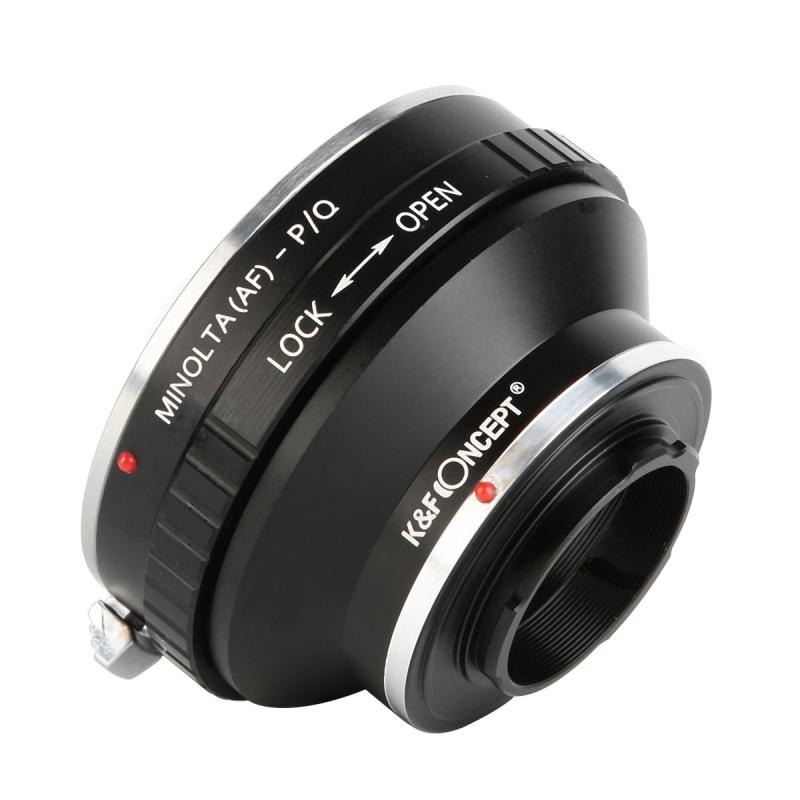
2、 Focal Length and Aperture
A speed booster for a camera is an optical adapter that is designed to increase the maximum aperture of a lens while also reducing the effective focal length. This is achieved by compressing the image circle produced by the lens and projecting it onto a smaller sensor or film size. The result is a wider field of view and a brighter image, which can be particularly useful in low light situations.
The most common type of speed booster is the Metabones Speed Booster, which is available for a range of camera systems and lens mounts. These adapters are popular among filmmakers and photographers who want to achieve a shallow depth of field and a cinematic look without having to invest in expensive cinema lenses.
Focal length and aperture are two key factors that determine the look and feel of a photograph or video. Focal length refers to the distance between the lens and the sensor, and it affects the magnification and perspective of the image. Aperture, on the other hand, refers to the size of the opening in the lens that allows light to pass through. A wider aperture allows more light to enter the lens, which can result in a brighter image and a shallower depth of field.
In recent years, there has been a growing trend towards using speed boosters with vintage lenses. These adapters allow photographers and filmmakers to use older lenses with modern camera systems, which can result in unique and creative images. Additionally, many photographers and filmmakers are experimenting with using speed boosters to achieve a more cinematic look in their work.
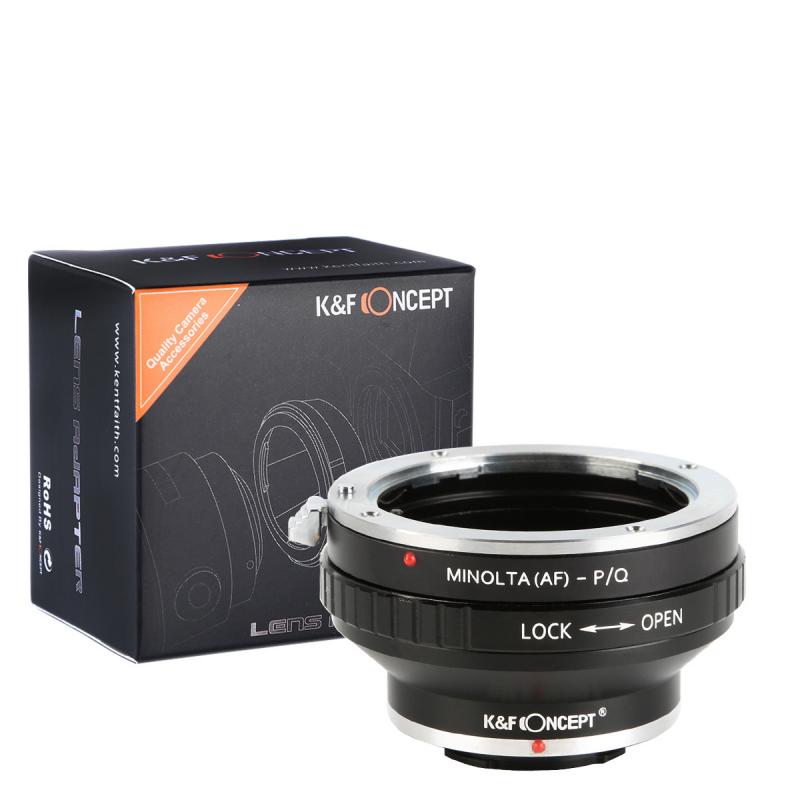
3、 Autofocus Speed and Accuracy
A speed booster for a camera is a device that attaches to the camera's lens mount and reduces the focal length of the lens. This results in a wider field of view and an increase in the lens's maximum aperture. The wider aperture allows more light to enter the camera, which can improve image quality in low-light conditions. Additionally, the speed booster can increase the sharpness and detail of images by reducing the amount of vignetting and distortion that can occur with certain lenses.
Another important factor in camera speed is autofocus speed and accuracy. The latest cameras are equipped with advanced autofocus systems that use sophisticated algorithms and sensors to quickly and accurately focus on subjects. These systems can track moving subjects and adjust focus as needed, making them ideal for sports and action photography.
In recent years, there has been a trend towards mirrorless cameras, which offer faster autofocus speeds than traditional DSLRs. Mirrorless cameras use a different autofocus system that is based on contrast detection, which is faster and more accurate than the phase detection system used in DSLRs. Additionally, mirrorless cameras are typically smaller and lighter than DSLRs, making them more portable and easier to use in a variety of situations.
Overall, a speed booster for a camera and advanced autofocus systems are both important tools for photographers who want to capture high-quality images quickly and efficiently. As technology continues to evolve, we can expect to see even more innovations in camera speed and performance in the years to come.
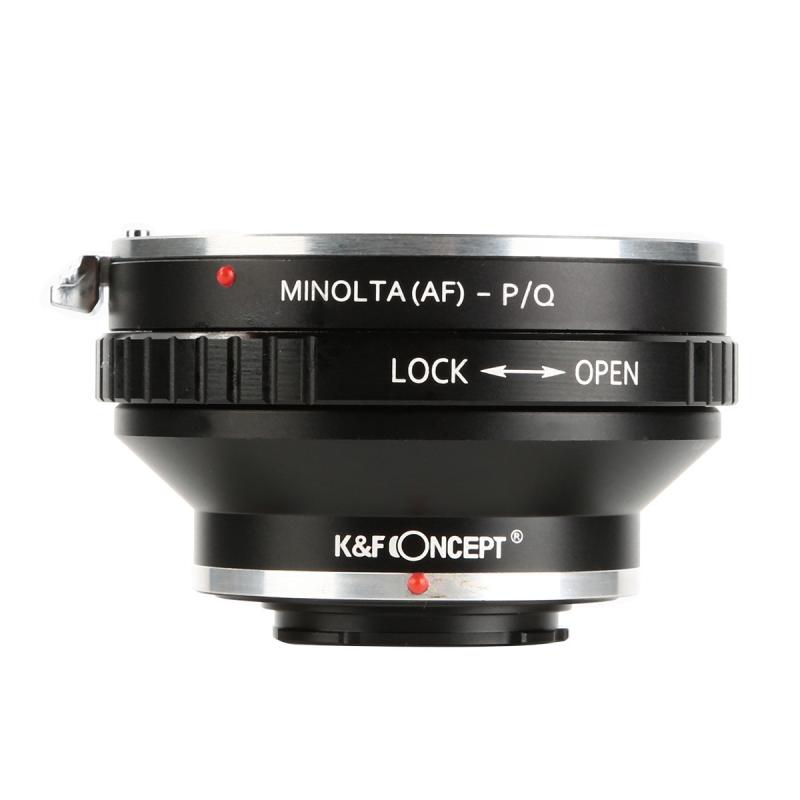
4、 ISO Sensitivity and Noise Reduction
ISO Sensitivity and Noise Reduction are two important factors that can act as a speed booster for cameras. ISO sensitivity refers to the camera's ability to capture images in low light conditions. The higher the ISO sensitivity, the more sensitive the camera is to light, allowing it to capture images in darker environments without the need for a flash or additional lighting. This can be particularly useful for photographers who work in low light conditions, such as event photographers or those who shoot in indoor settings.
However, increasing the ISO sensitivity can also lead to an increase in image noise, which can result in grainy or blurry images. This is where noise reduction comes in. Noise reduction algorithms are used to reduce the amount of noise in an image, resulting in a cleaner and sharper final image.
The latest point of view on ISO sensitivity and noise reduction is that they are becoming increasingly important as camera technology advances. With the rise of mirrorless cameras and their ability to shoot in extremely low light conditions, ISO sensitivity and noise reduction have become critical factors in producing high-quality images. Additionally, with the increasing popularity of social media and the need for high-quality images for online platforms, photographers are looking for ways to produce clean and sharp images even in challenging lighting conditions.
In conclusion, ISO sensitivity and noise reduction are essential speed boosters for cameras, allowing photographers to capture high-quality images in low light conditions. As camera technology continues to advance, these factors will become even more critical in producing high-quality images.
